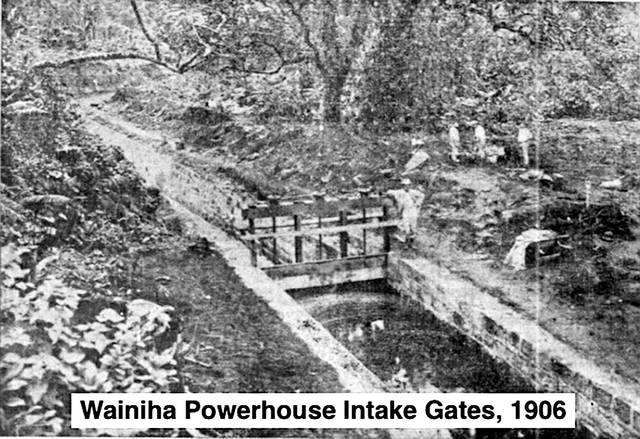The Rev. John Mortimer Lydgate (1854-1922), pastor of the Lihue Union Church, and an authority on Hawaiian history, literature, folklore and legends, wrote an article published in the 1913 edition of “Thrum’s Hawaiian Annual” in which he discussed the Menehune of Wainiha Valley, Kauai.
He wrote: “At a time as late as the reign of Kaumualii (1794-1810), the local konohiki making a careful census of the valley by villages from the sea mauka returned upwards of 2,000 souls.
“Enumerating in detail all the communities, he gave the exact quota from each — Naue, Paieie, Maunaloa, Palieleele, Maunahina, Pohakuloa, Opaikea, Homaikalani and ending with Laau, the hamlet farthest mauka, in the depths of the mountains, where the valley contracts to a narrow gorge, with a brawling stream running white in the bottom.
“This Laau item ran, ‘Laau, the Menehunes, 65.’
“These (sixty-five) Laau people were … little brown men of sturdy stature, 2 ½ or 3 feet high, the aborigines of the land driven back into the fastness of the mountains.”
According to Lydgate, they were a primitive people, subsisting on wild bananas, and living in small, banana-leaf huts on inaccessible ledges within the valley.
Whenever Hawaiians entered their domain, they would flee, unseen, to the overhanging heights, while at night, they’d creep into the abodes of the Hawaiians to help themselves to their poi and kapa.
Lydgate added: “But, that was long ago … and as for the little people of Laau, they were forgotten in the lapse of years. No one went near them, no one saw them, but the tradition of them survived, and even yet the luxurious banana groves of Laau are known as theirs.”
One day in the summer of 1987, I was with McBryde electric shop supervisor Frank Kiger, my brother, Gregory, and longtime McBryde hydropower plant supervisor Jackie Kahalolani Hashimoto (1928-2000) at the water intake station some five miles upstream of the Wainiha powerhouse, watching Jackie by his storage shed faithfully setting aside opae for the little people.


